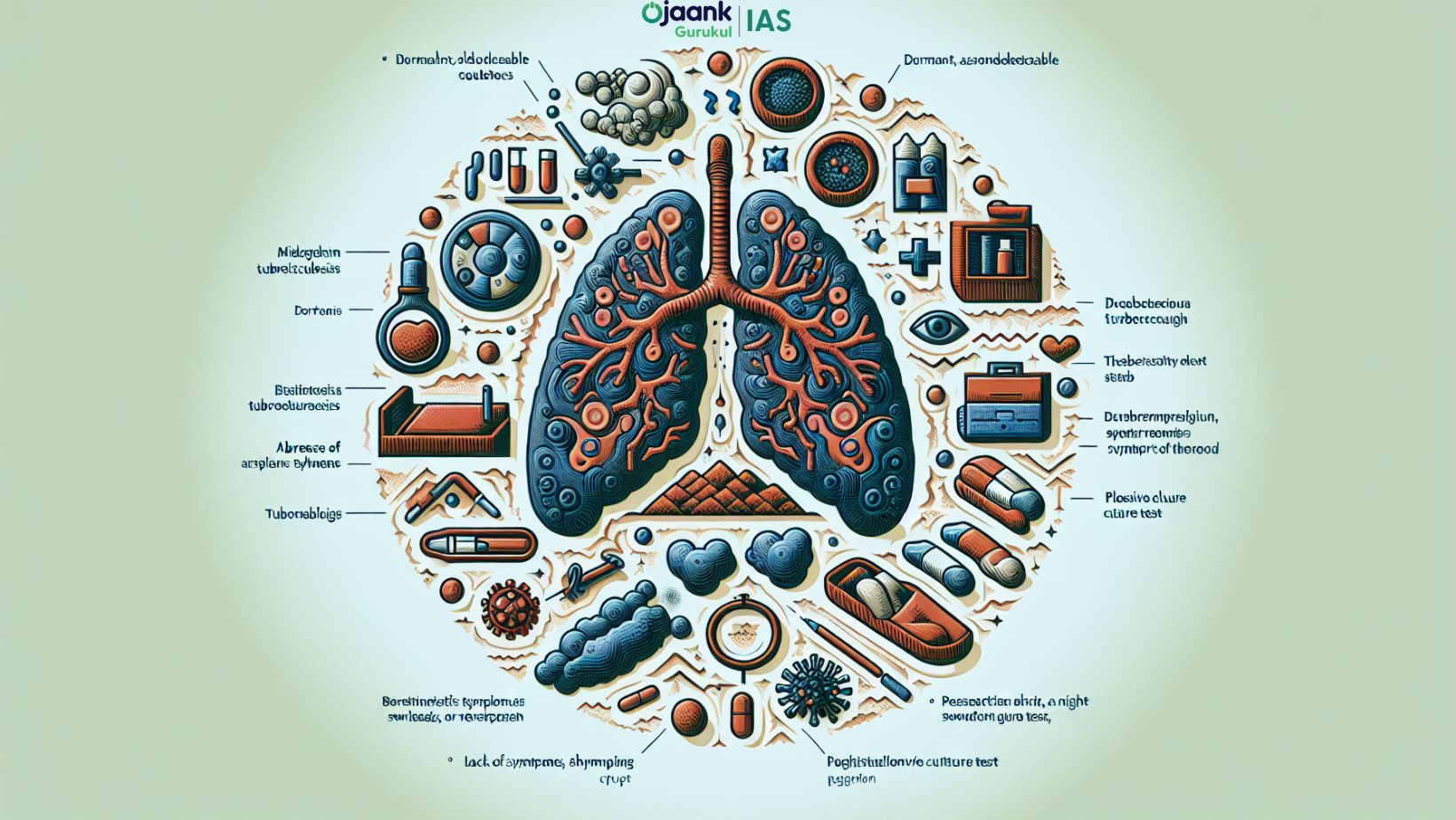Subclinical TB

Subclinical TB: The Silent Threat
Table of Contents
Introduction
Tuberculosis (TB) continues to be a significant global health concern, with millions of new cases and deaths reported annually. While progress has been made in TB control, a lesser-known form of the disease, subclinical TB, poses unique challenges to eradication efforts. This blog post delves into the world of subclinical TB, exploring its nature, impact, and the obstacles it presents in the fight against tuberculosis.
What is Subclinical TB?
Subclinical TB refers to cases where individuals are infected with tuberculosis but do not exhibit the typical symptoms associated with the disease. These patients harbor viable Mycobacterium tuberculosis bacteria in their bodies but remain asymptomatic, making detection and diagnosis particularly challenging.
Key points about subclinical TB:
-
Infected individuals lack common TB symptoms
-
The disease is caused by Mycobacterium tuberculosis
-
It represents a significant proportion of TB cases worldwide
Causes and Characteristics
Subclinical TB is caused by the same bacteria responsible for active TB, Mycobacterium tuberculosis. However, the infection remains in a dormant or low-activity state, allowing it to evade detection through conventional symptom-based screening methods.
Characteristics of subclinical TB include:
-
Absence of persistent cough
-
No cough at all in some cases
-
Lack of TB-suggestive symptoms such as chest pain, fever, night sweats, or weight loss
-
Culture-positive test results despite the absence of symptoms
Challenges in Detection
The silent nature of subclinical TB presents significant challenges for healthcare systems and TB control programs. Some of the major obstacles include:
-
Missed diagnoses: Without typical symptoms, many cases go undetected during routine screenings.
-
Delayed treatment: Late diagnosis can lead to disease progression and increased transmission risk.
-
Underestimation of TB burden: Subclinical cases may not be included in official statistics, leading to underreporting.
-
Resource allocation: Identifying and treating subclinical TB requires additional resources and specialized screening methods.
Impact on TB Control
Subclinical TB has far-reaching implications for TB control efforts:
-
Continued transmission: Asymptomatic individuals can unknowingly spread the disease to others.
-
Reservoir of infection: Subclinical cases serve as a hidden reservoir, potentially reactivating later and contributing to ongoing transmission.
-
Challenges to elimination goals: The presence of subclinical TB complicates efforts to achieve TB elimination targets set by international health organizations.
Diagnosis and Screening
Detecting subclinical TB requires a shift from symptom-based screening to more comprehensive approaches:
-
Chest X-rays: Regular chest X-rays can help identify lung abnormalities in asymptomatic individuals.
-
Molecular testing: Advanced diagnostic tools like GeneXpert MTB/RIF can detect TB bacteria even in the absence of symptoms.
-
Culture tests: While time-consuming, culture tests remain the gold standard for confirming TB infection.
-
Active case finding: Proactive screening of high-risk populations can help identify subclinical cases early.
Treatment Considerations
Managing subclinical TB presents unique challenges:
-
Treatment initiation: Deciding when to start treatment in asymptomatic individuals requires careful consideration.
-
Patient adherence: Encouraging treatment adherence in individuals who feel healthy can be challenging.
-
Monitoring: Regular follow-ups are crucial to ensure treatment effectiveness and detect any disease progression.
-
Prevention of drug resistance: Proper management is essential to prevent the development of drug-resistant TB strains.
Global and Local Perspectives
Subclinical TB is a global concern with varying impacts across regions:
-
Global prevalence: The WHO Global Tuberculosis Report highlights the significant burden of subclinical TB worldwide.
-
National surveys: Countries like India have conducted national TB prevalence surveys, revealing high proportions of subclinical cases.
-
Regional variations: The prevalence of subclinical TB can vary significantly between regions and countries.
For example, in India:
-
The national TB prevalence survey (2019-2021) found that 42.6% of detected TB cases were subclinical.
-
Tamil Nadu's TB survey reported 39% subclinical TB cases.
-
Up to 82.7% of cases showed no persistent cough.
Future Directions
Addressing the challenges of subclinical TB requires innovative approaches:
-
Improved diagnostics: Developing more sensitive and specific tools for early detection of subclinical TB.
-
Targeted screening programs: Implementing cost-effective screening strategies for high-risk populations.
-
Research initiatives: Investigating the natural history and transmission dynamics of subclinical TB.
-
Policy adaptations: Updating TB control guidelines to incorporate strategies for managing subclinical cases.
Conclusion
Subclinical TB represents a significant hurdle in the global fight against tuberculosis. Its silent nature and potential for transmission make it a formidable challenge for healthcare systems worldwide. By raising awareness, improving diagnostic capabilities, and adapting control strategies, we can better address this hidden epidemic and move closer to the goal of TB elimination.
To learn more about ongoing efforts to combat TB, visit the Stop TB Partnership website.